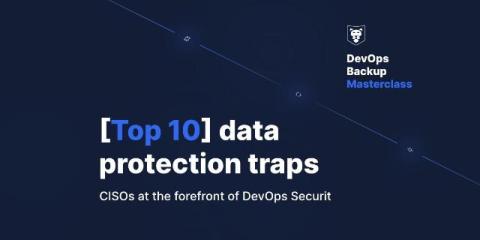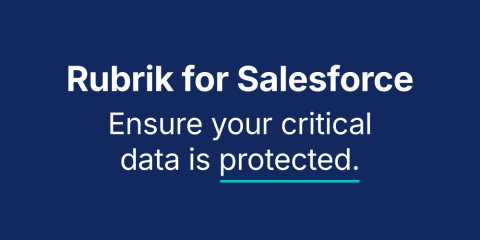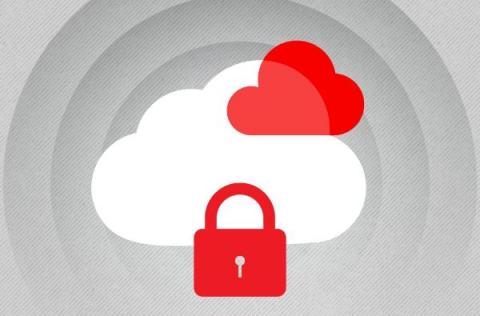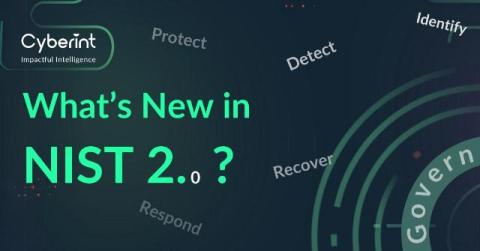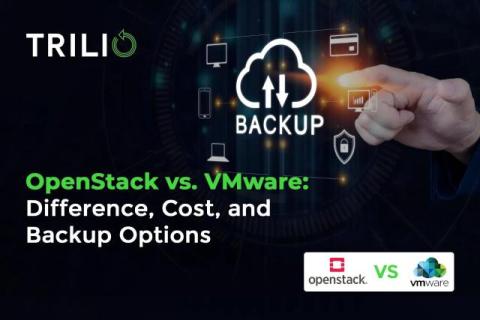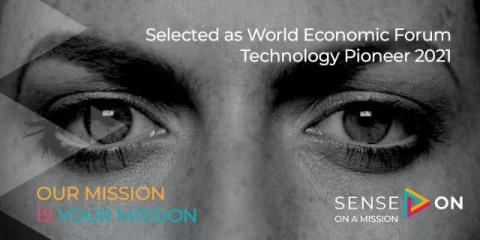Why Trust Matters: A Deep Dive into Our Customer Trust Center
Trust is the cornerstone of any successful relationship. As a security company, we take special care to build and maintain the trust of our customers and partners. That’s why we’ve launched our new Customer Trust Center: to make securing your trust easier than ever. Here’s a look at some of the key features and benefits it offers.



